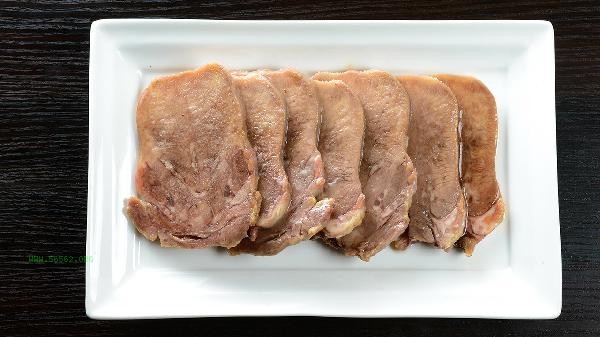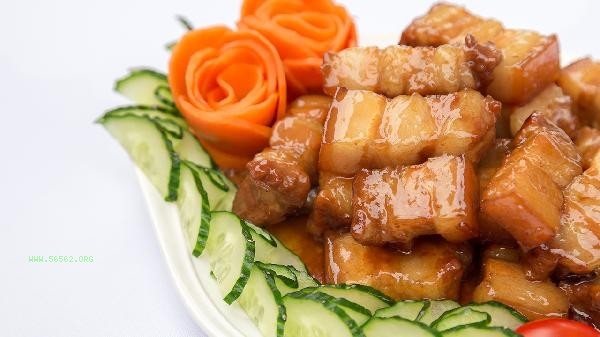To make stewed pork tender and tender, the key lies in selecting ingredients, pre-treatment, and controlling the heat. There are mainly techniques such as selecting suitable parts, marinating in advance, boiling in cold water, simmering over low heat, and adding salt afterwards.

1. Choose the appropriate parts
Pig foreleg meat, pork belly, or plum blossom meat are more suitable for stewing. These parts contain moderate amounts of fat and connective tissue, and the meat becomes softer and more tender after long-term stewing. Avoid using pure lean meat such as pork tenderloin, as it can easily become dry. After stewing pork with skin, the gelatinous content is richer and the taste is smoother.
2. Pre marinating
Marinating with cooking wine, ginger slices, and a small amount of starch for more than 30 minutes can damage the muscle fiber structure. Acidic substances such as pineapple juice or vinegar can help soften meat, but the amount should not be excessive. refrigerated pickling is more effective than room temperature and can maintain the moisture content of meat.
3. Put pork chunks in cold water.
Pork chunks should be put in cold water at the same time and slowly heated to ensure even heat penetration. After boiling, skim off the foam in a timely manner to avoid the fishy smell from seeping into the meat. The blanching time should be controlled within 3-5 minutes, as excessive blanching can lead to nutrient loss.

4. Stew slowly over low heat
Use a clay pot to maintain a constant temperature and adjust the heat to a slightly bubbling state of the soup. The stewing time is adjusted according to the size of the meat pieces, usually taking 1.5-2 hours. When chopsticks can easily penetrate meat chunks, it is considered that the heat is in place, and collagen has been converted into gelatin.
5. Seasoning with salt afterwards
Salt should be added during the last 20 minutes of stewing, as adding salt too early can cause the meat to shrink and harden. You can first use soy sauce, star anise and other spices to enhance the flavor, and finally add salt according to the taste. Sugar and acidic seasonings are also recommended to be added later to avoid affecting meat softening. In addition to the above techniques, you can also try adding hawthorn or tea to accelerate meat softening, but the amount should be controlled to avoid affecting the original flavor. Using cast iron or clay pots can better maintain temperature balance and avoid frequent lid opening during stewing. After completion, the stewed meat can be turned off the heat and simmered for 30 minutes to make the meat more tender. The remaining meat soup can be filtered and frozen for use as a broth. Note that pork should be stewed until the center temperature exceeds 70 degrees Celsius to ensure safety. Paired with root vegetables such as radish and potatoes, it can absorb excess oil and make the taste fresher.









Comments (0)
Leave a Comment
No comments yet
Be the first to share your thoughts!